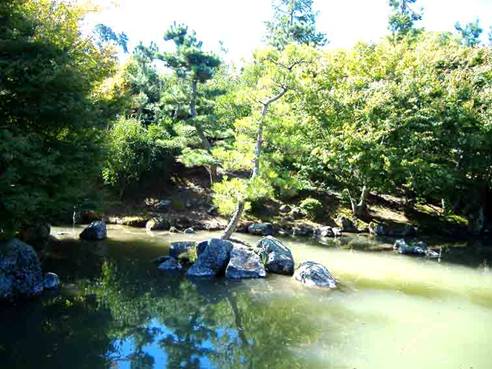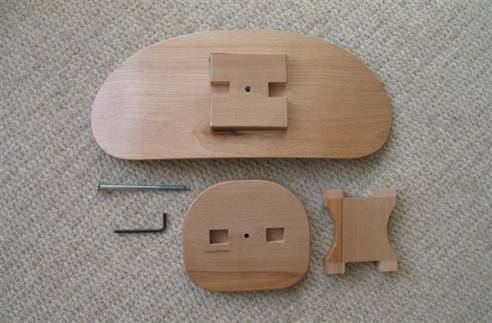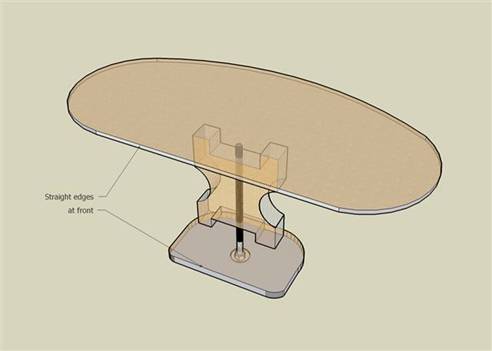

|
Click on the video to see again |
|
Designer’s notes
When I was first introduced to sitting meditation, nearly thirty years ago, I was somewhat bemused by the differing opinions on what constituted an ideal sitting posture. Coming from a yoga background I fleetingly opted to try and sit in full lotus, but very soon found that I had to strain forward to keep upright and that this put an unacceptable strain on my back. My next choice was a kind of loose half lotus, with my bottom on a cushion and lower legs arranged in parallel in front of me. This is a much favoured arrangement amongst meditators, and with judicious use of cushions can provide a very comfortable posture. After a year or two however I was aware that it lacked stability, and I would find myself either gently swaying from side to side or simply slumping sightly forward with no real sense of the ideal back posture. Finally I settled for a kneeling posture, with knees about a foot apart and one foot resting flat upon the other, with each buttock resting on a heel. This posture offers a tremendous sense of stability, seeming to automatically place the back in the most comfortable and relaxed alignment, and to offset any tendency to sideways or forward movement. There is however a downside to all this good news: after a while the knees and ankles start to protest vigorously, and after a half hour sit it is extremely difficult to get to you feet.
My meditation teacher helped me through this painful phase by making the pain a meditation object. I was instructed to go to the centre of the pain and stay there ! This is in fact a very powerful instruction, and if followed faithfully the pain ceases to be a problem. Once again there is a downside to this, a story about Bodhidharma illustrates:Bodhidarma was a disciple of the Buddha, and he journeyed to China to carry the Buddha’s teachings there. It is said that he sat for so long in mediation that his legs atrophied and rotted away, so that he had to be carried from place to place. With this cautionary tale in mind I started to search for a solution to this knee problem while on a silent meditation retreat in Wales. I’m sure my teacher would have called this search a willful form of distraction from my meditation, but a seed was sown and Yogichair was born. Yogichair has been through many incarnations (prototypes) all of them ugly ducklings except the last, which I hope you will agree has all the elegance of a swan.
|

|
01963210777 For further details |


